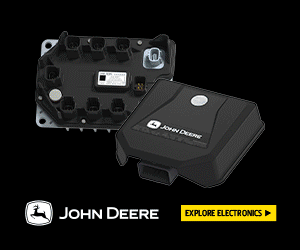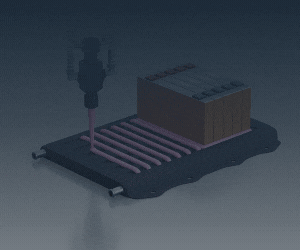Reducing on-resistance in e-bike designs

(Image courtesy of Renesas Electronics)
Renesas Electronics has developed a new process technology for more efficient, 100 V silicon MOSFET transistors in e-bike designs, writes Nick Flaherty.
The REXFET-1 process reduces on-resistance between the drain and source by 30% to 1.5 mO, which cuts losses and boosts efficiency.
The process technology is being used for a series of N-channel 100 V MOSFETs for battery management systems and power management for e-bikes, all-terrain vehicles (ATVs) and charging stations.
Renesas has used the devices in several reference designs, including a three-in-one EV unit with inverter, onboard charger and DC-DC converter.
The silicon MOSFETs are used alongside gallium nitride (GaN) transistors in the LLC converter stage of the design, with GaN transistors in the power-factor correction (PFC) front end.
The design combines an RH850 automotive microcontroller (MCU) to handle multiple control functions simultaneously, reducing bill-of-material (BoM) count and system complexity.
The MCU includes an internal resolver/digital converter (RDC2) and a motor-control unit (EMU2) to control the GaN and silicon switches with minimal CPU involvement.
Integrating these multiple functions into a centralised unit also reduces the complexity of the wiring harness in the end design, reducing costs.
The 100 V MOSFETs come in industry-standard TOLL and TOLG packages, which are pin-compatible with devices from other manufacturers, but half the size of the traditional TO-263 packages.
The TOLL package offers wettable flanks, allowing for optical inspection, making the assembly of printed circuit boards quicker and more reliable.
ONLINE PARTNERS































